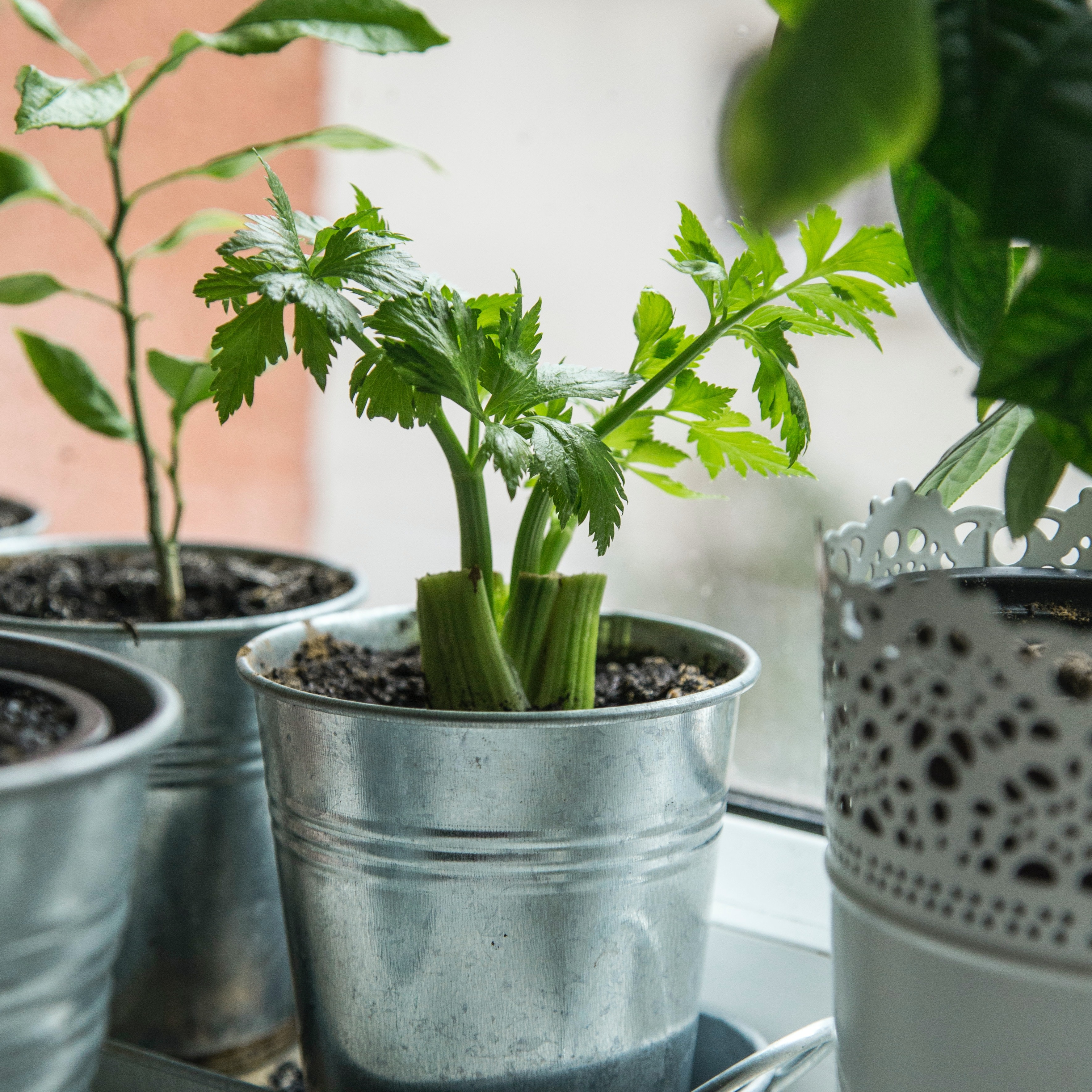
Introduction
Celery is a crisp and flavorful vegetable that can be grown successfully in the United Kingdom. With its distinctive taste and versatile uses, growing celery in your garden can be a rewarding experience. In this comprehensive guide, we will walk you through the process of growing celery, from selecting the right variety to providing the necessary care for a bountiful harvest. Let's get started!
Choosing the Right Variety
When it comes to celery, there are several varieties suitable for the UK climate. Here are some popular choices:
- 'Giant Red': A popular variety known for its large, red stalks and strong flavor.
- 'Golden Self-Blanching': This variety produces golden-yellow stalks and has a mild, sweet taste.
- 'Tall Utah': An outstanding variety with tall, green stalks and a crisp texture.
- 'Victoria': This variety offers compact, green stalks and is known for its disease resistance.
Sowing and Planting
Celery is typically grown from seeds. Follow these steps to sow and plant your celery:
- Starting seeds indoors: Start celery seeds indoors 10-12 weeks before the last expected frost. Plant them in seed trays or pots filled with seed-starting mix, and keep them in a warm location with adequate sunlight.
- Transplanting: When the seedlings have developed several sets of true leaves and the soil has warmed up, transplant them into the garden. Space the plants 8-12 inches apart in rows that are 24-30 inches apart.
- Soil conditions: Celery prefers moist, well-drained soil that is rich in organic matter. Prepare the soil by incorporating compost or well-rotted manure.
- Planting depth: Dig a hole that is large enough to accommodate the root ball of the celery seedling. Position the plant so that the base of the stem is level with the soil surface.
- Watering: Water the soil thoroughly after transplanting to help the seedlings establish their roots.
Growing
To ensure healthy growth and a bountiful harvest of celery, consider the following tips:
- Sunlight: Celery prefers full sun but can tolerate partial shade. Aim to provide them with at least 6 hours of direct sunlight each day.
- Watering: Keep the soil consistently moist, especially during dry spells. Celery requires regular watering to prevent the stalks from becoming tough or bitter.
- Soil conditions: Celery prefers moist, well-drained soil that is rich in organic matter. Mulching around the plants can help retain soil moisture and suppress weeds.
- Fertilizing: Apply a balanced fertilizer or side-dress with compost or well-rotted manure during the growing season to provide additional nutrients.
- Blanching: Blanching celery can help improve the flavor and tenderness of the stalks. About two weeks before harvest, wrap the stalks with paper or cardboard to protect them from sunlight and promote blanching.
- Pest control: Monitor your celery plants for common pests such as slugs or aphids. Use organic or chemical controls as necessary.
- Harvesting: Celery is typically ready for harvest 90-120 days after sowing. Cut the stalks at the base when they reach the desired size and thickness.
Conclusion
Growing celery in the United Kingdom allows you to enjoy the crisp texture and distinct flavor of this versatile vegetable. By choosing the right variety, providing proper care, and addressing common challenges, you can cultivate healthy celery stalks that add freshness to your dishes. Whether you use them in salads, soups, or as a crunchy snack, homegrown celery will elevate your culinary experiences. Happy celery growing!